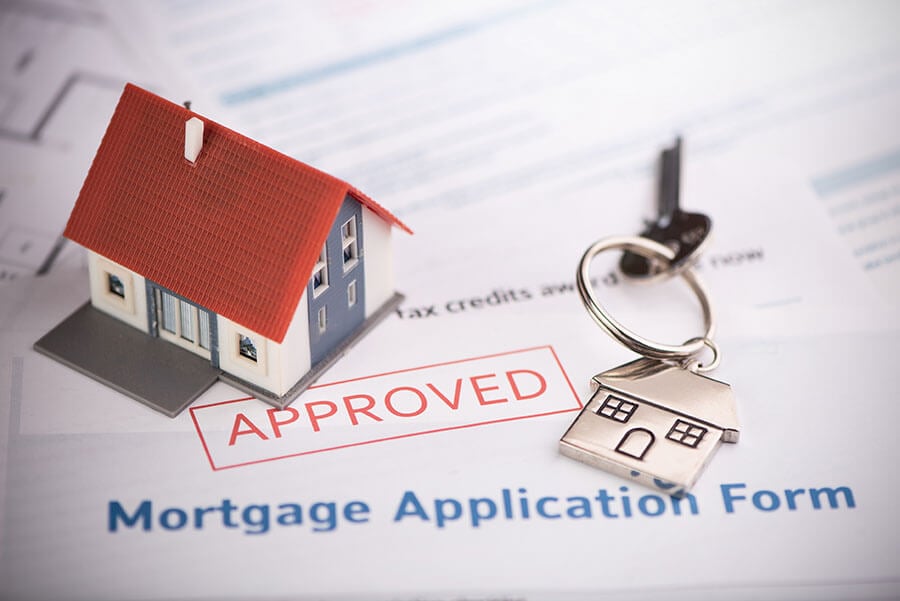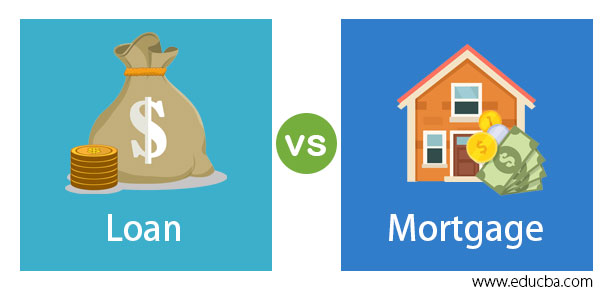Understanding Conventional Mortgage Loans: Advantages and Demands
Understanding Conventional Mortgage Loans: Advantages and Demands
Blog Article
The Essential Aspects to Take Into Consideration When Picking Between Fixed-Rate and Adjustable-Rate Home Loan Fundings
When evaluating mortgage options, customers face a pivotal decision in between adjustable-rate and fixed-rate loans, each presenting unique benefits and prospective challenges. Trick factors to consider such as interest rate stability, predictability in monthly repayments, and the implications of potential rate adjustments can dramatically influence lasting financial wellness.
Interest Rate Security
When picking a home mortgage, recognizing rate of interest price stability is crucial for notified decision-making. Passion prices can significantly influence the overall cost of a home loan, and identifying the nature of these prices is important for borrowers. Fixed-rate home loans supply the benefit of regular regular monthly settlements over the life of the lending, shielding consumers from market variations. This security makes it possible for property owners to plan their funds with better assurance, as they will not be impacted by climbing rate of interest prices.
On the other hand, variable-rate mortgages (ARMs) begin with reduced first rates that might change occasionally based upon market problems. While this can cause reduced settlements initially, it additionally presents uncertainty, as borrowers might face enhanced settlements if rate of interest climb. For those considering an ARM, it is important to analyze the likelihood of rate changes, the capacity for repayment boosts, and the size of the preliminary fixed-rate duration.
Eventually, the option in between adjustable-rate and fixed-rate mortgages hinges on private danger resistance and economic circumstances. Understanding rate of interest security assists debtors make educated decisions that align with their long-lasting monetary goals.
Month-to-month Payment Predictability
While borrowers often prioritize rates of interest stability, the predictability of regular monthly repayments is similarly important in the home mortgage choice process (Conventional mortgage loans). Month-to-month repayment predictability plays a vital function in budgeting and economic planning, as it directly influences a property owner's capital and overall economic health
Fixed-rate home mortgages supply a regular monthly repayment throughout the life of the funding, enabling borrowers to anticipate and plan their expenditures successfully. This stability can be particularly advantageous for newbie buyers or those on a fixed income, as it gets rid of the uncertainty connected with rising and fall repayments.
Alternatively, adjustable-rate mortgages (ARMs) usually include lower first settlements that can transform gradually, bring about potential irregularity in monthly responsibilities. While initially appealing, this changability can make complex financial preparation, specifically if customers do not represent future rate adjustments.
Possible Price Adjustments
In the world of variable-rate mortgages (ARMs), possible price changes stand for a significant variable that customers must meticulously consider. Unlike fixed-rate home loans, where the rates of interest remains the same for the life of the car loan, ARMs are defined by varying rate of interest that are tied to market indices. This variability can result in significant adjustments in month-to-month payments, affecting the customer's monetary planning and budgeting.
Usually, ARMs have an initial fixed-rate period throughout which the rate of interest price is steady. Hereafter duration, however, the rate readjusts at predetermined read intervals-- typically every year. Consumers need to understand the margin and index made use of to determine these changes, as they directly influence future interest prices. Additionally, ARMs usually include caps that limit just how a lot the rates of interest can boost at each adjustment and over the life of the loan, which can give some level of defense against extreme rate walkings.
Comprehending these possible adjustments is important for debtors, as they directly affect lasting repayment obligations. Consequently, analyzing personal monetary situations and run the risk of resistance is important when making a decision whether an ARM aligns with one's economic goals.
Lending Term Factors To Consider
Financing term factors to consider play an essential role in the decision-making procedure for borrowers picking in between adjustable-rate and fixed-rate mortgages. The size of the financing term substantially influences month-to-month settlements, rate of interest, and general economic planning. Fixed-rate home loans commonly provide terms of 15 to 30 years, supplying stability in month-to-month payments and predictability in budgeting. This can be particularly appealing for borrowers who intend to stay in the same home long-term and choose the assurance of set payments throughout the life of the finance.

Eventually, consumers should evaluate their personal scenarios, monetary goals, and market problems when weighing the effects of financing term selections within each home loan kind.

General Cost of Borrowing
The general cost of borrowing is click over here a critical aspect that can considerably affect a debtor's selection between adjustable-rate and fixed-rate home mortgages. Fixed-rate home loans supply foreseeable monthly settlements, as the rate of interest remains continuous throughout the loan term. This predictability can cause reduced overall costs, specifically in a steady or decreasing rates of interest setting. Customers can budget plan effectively, knowing their settlements will certainly not rise and fall.
Alternatively, adjustable-rate home mortgages (ARMs) commonly begin with lower preliminary rates, leading to lowered in advance costs. These prices can increase after an initial period, leading to possibly greater long-term expenses. Borrowers must consider the regularity and level of price modifications, as well as the general financing period, to accurately analyze the economic ramifications.
Moreover, the total cost of borrowing includes not only rate of interest but likewise costs and other connected expenses, such as closing expenses and insurance (Conventional mortgage loans). When assessing mortgage options, debtors must perform a complete cost analysis over the life of the lending. By doing so, they can make an informed choice that aligns with their financial objectives and run the risk of tolerance
Conclusion
Finally, choosing between adjustable-rate and fixed-rate mortgage requires mindful factor to consider of a number of vital aspects. Rate of interest stability and monthly payment predictability are extremely important for reliable budgeting, while the potential for rate modifications in ARMs presents financial unpredictability. Furthermore, the expected period of homeownership and the total price of loaning, consisting of rates of interest and connected fees, have to align with private monetary circumstances and run the risk of resistance. Such a thorough evaluation will certainly assist in enlightened decision-making in home loan option.
Secret factors to consider such as interest price security, predictability in monthly repayments, and the effects of possible price changes can dramatically affect lasting financial health. Interest prices can substantially impact the overall price of a mortgage, and identifying the nature of these prices is crucial for borrowers. Unlike fixed-rate home loans, where the interest rate remains unchanged for the life of the funding, ARMs are characterized by varying passion prices that are connected to market indices. Additionally, ARMs typically include caps that limit just how a lot the interest price can increase at each modification and over the life of the lending, which can provide some degree you could look here of security against drastic rate hikes.
Rate of interest rate stability and regular monthly payment predictability are paramount for effective budgeting, while the potential for price modifications in ARMs presents monetary unpredictability.
Report this page